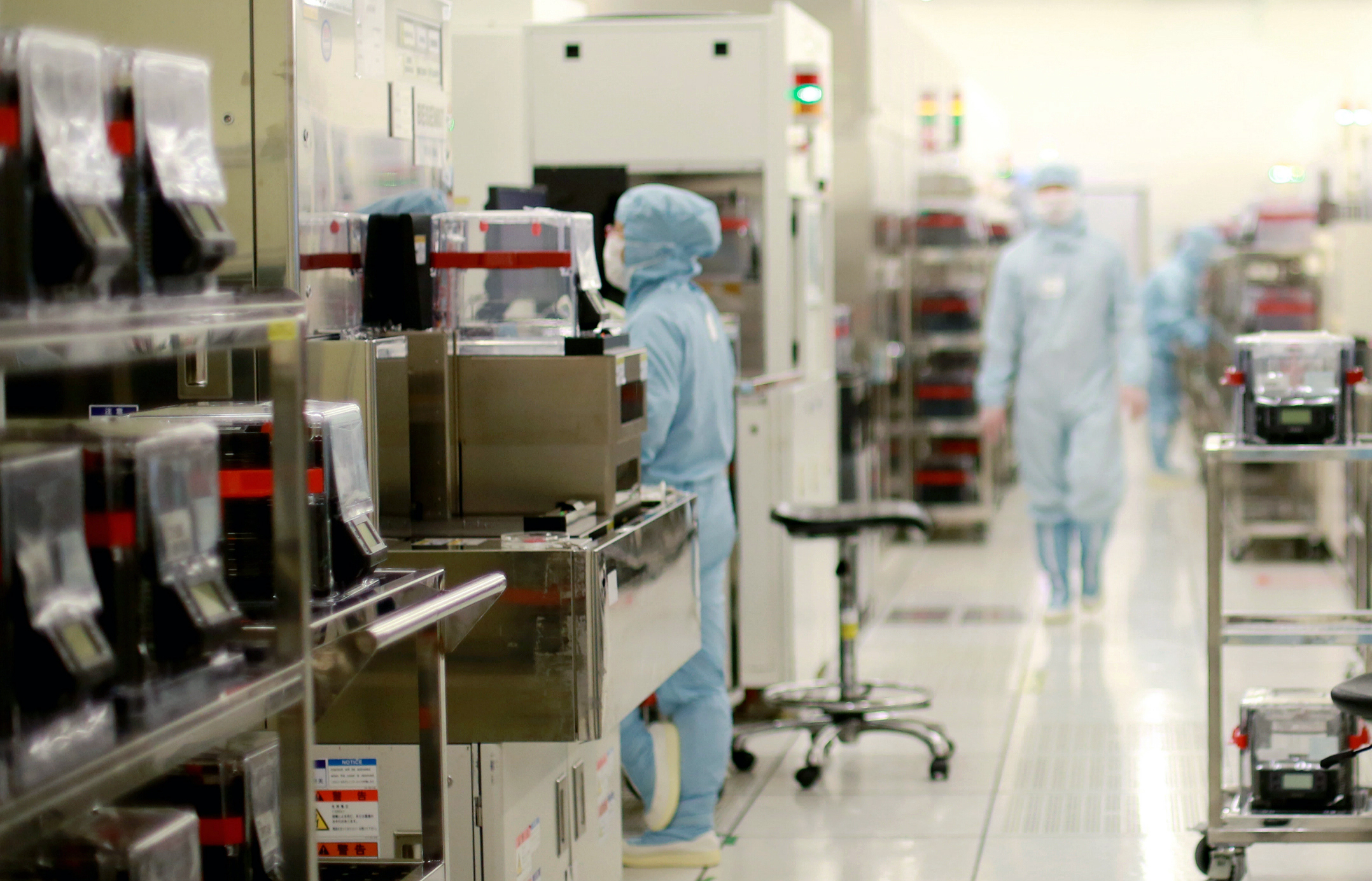U.S. mulls tariffs on legacy chips as Chinese companies prepare to flood the market with the simple but vital chips, undercutting Western rivals to deprive them of R&D funding
China's tactic of flooding the market with chips made using legacy nodes is under investigation by U.S. government.

Although China cannot flood the global market with chips produced using cutting-edge fabrication technologies, strong government subsidies for the semiconductor sector make it possible for the country to flood the market with chips made on legacy process technologies -- undercutting much-needed sales revenue that is vital for R&D at Western firms. This tactic could spur the U.S. government to impose tariffs on products using mature processing nodes, reports Bloomberg.
The U.S. Commerce Department's Bureau of Industry and Security is set to survey over 100 companies in sectors like automotive, aerospace, and defense to figure out how much the U.S. relies on the older but essential semiconductors made in China. The survey is designed to find out how chips made on legacy process technologies (e.g., 40nm and older), which are still important for various industries, are bought and used by American companies.
China is known for providing hefty funds to its chipmakers. For example, SMIC invested $24 billion in capital expenditures from 2020 to 2023 with support from banks, local governments, and state-controlled funds, far exceeding its earnings in the period, according to Nikkei. Other semiconductor companies also have generous support from the government, which is how they can quickly expand production capacity using tools that they can procure without any limitations. This lets them easily start producing chips such as display driver ICs (DDICs) or power management ICs (PMICs) that are sold in billions of units every year.
This situation isn't unnoticed by the U.S. Commerce Department; as China ramps up production of these so-called legacy chips, the system makes it tough for U.S. companies to keep up. The U.S. government is formulating a strategy to counteract this tactic, Bloomberg reported, and tariffs are definitely on the table.
The survey's findings will guide U.S. response, potentially including the imposition of tariffs or the use of other trade tools to counteract China's aggressive semiconductor expansion. Commerce Secretary Gina Raimondo has already indicated that the U.S. is ready to use every tool it has to stop China from flooding the market with low-cost legacy chips. The most stringent export controls would remain reserved for more advanced process technologies and not for these older generation nodes, she clarified, so Chinese companies will still be able to procure legacy chipmaking tools.
Get Tom's Hardware's best news and in-depth reviews, straight to your inbox.

Anton Shilov is a contributing writer at Tom’s Hardware. Over the past couple of decades, he has covered everything from CPUs and GPUs to supercomputers and from modern process technologies and latest fab tools to high-tech industry trends.